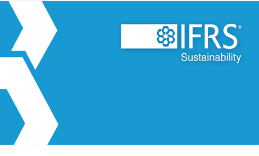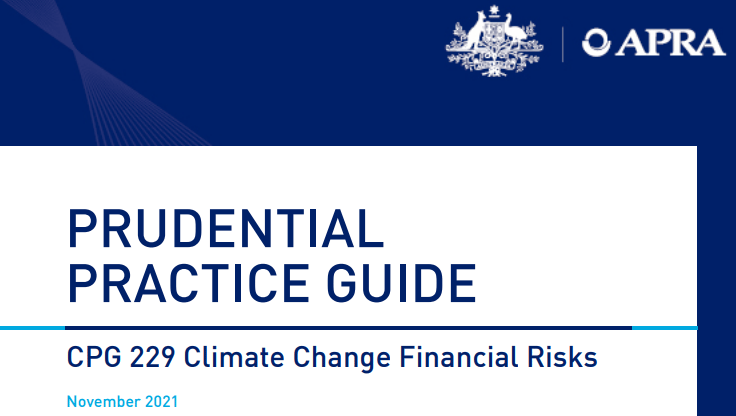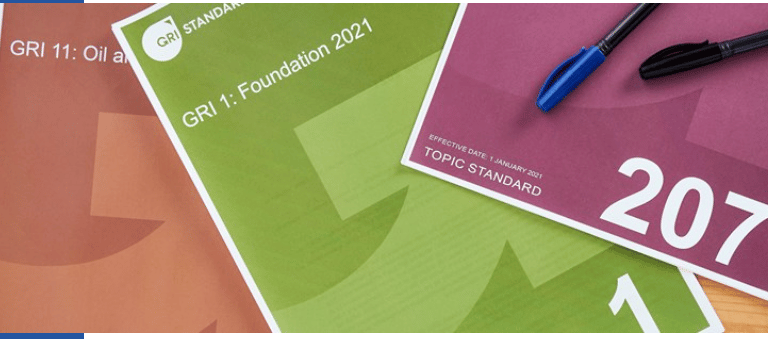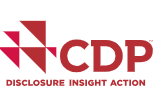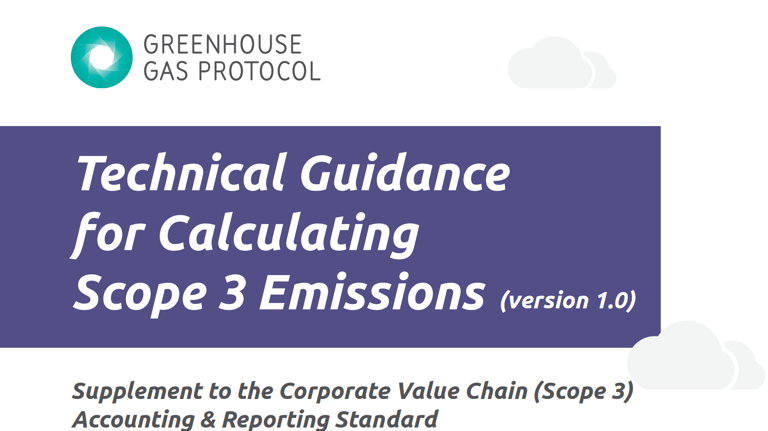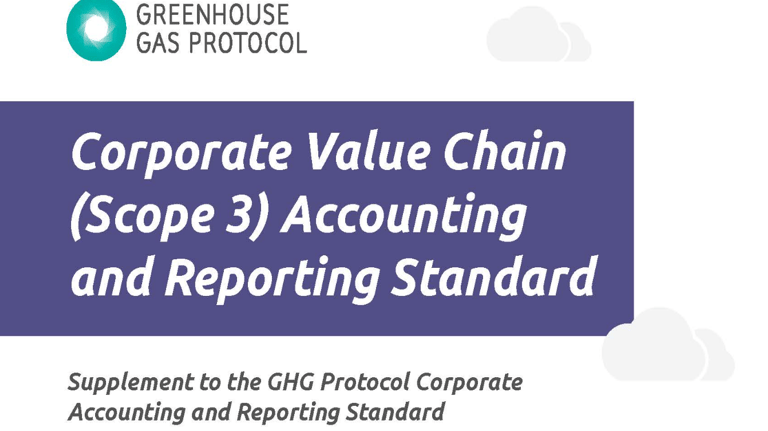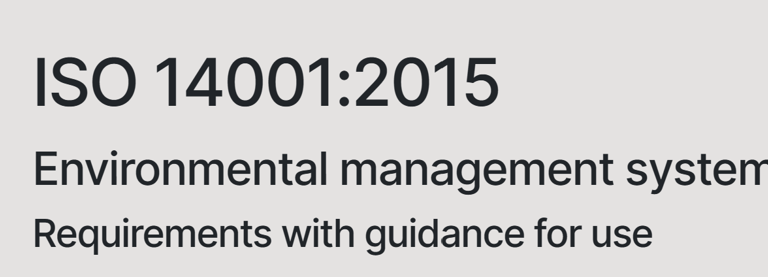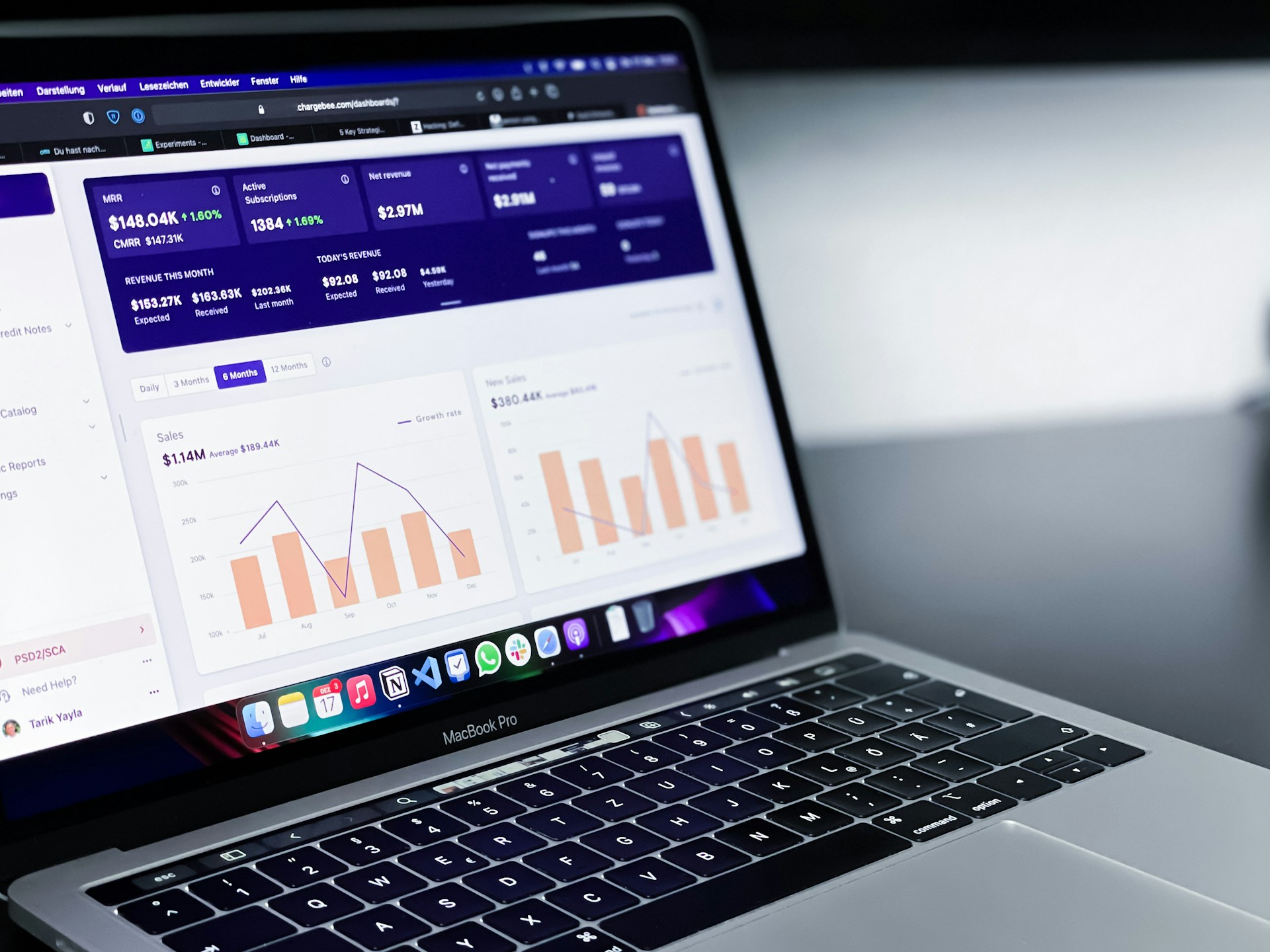
Guidelines and Standards
Sustainability and emissions reporting standards and guidelines are constantly evolving to address environmental concerns. While there is no one-size-fits-all solution, we strive to adhere to the best practices and guidelines available. These standards ensure that we comply with regulations. Click on the links below to get a better understanding of the standards.
International Sustainability Standards Board
IFRS Sustainability Disclosure Standards are developed by the International Sustainability Standards Board (ISSB). The ISSB is an independent standard-setting body within the IFRS Foundation.
SASB Standards
SASB Standards are designed to identify and standardise disclosure for the sustainability issues most relevant to investor decision-making in each of 77 industries
CPG 229
APRA considers it prudent for climate risks to be considered within an institution's existing framework, including the board- approved risk appetite statement
CDP
CDP is a not-for-profit charity that runs the global disclosure system for investors, companies & states to manage their environmental impacts.
Draft - Australian Sustainability Reporting Standards
Includes proposed proposed roadmap for mandatory disclosure requirements
Global Reporting Initative(GRI)
The GRI Standards enable any organization to understand and report on their sustainability impacts in a comparable, credible way and promote transparency
Scope 3 GHG Guidelines
Offers companies practical guidance on calculating their scope 3 emissions
Scope 3 Standards
ISO 14001 is the internationally recognized standard for environmental management systems (EMS). It provides a framework for organizations to design and implement an EMS, and continually improve their environmental performance.

